A pet camera captures dog misbehaving by recording real-time footage of your dog’s naughty actions when you’re away. These clips reveal habits like chewing, jumping, or digging, helping owners understand and fix unwanted behavior. It’s a smart way to monitor, train, and keep pets safe.
“Stay tuned with us as we dive into the fascinating world of pet camera captures dog misbehaving — from hilarious real-life clips to expert tips on stopping unwanted behavior. You won’t want to miss what we’ve uncovered!”
Introduction
It’s every dog owner’s dream to believe their furry friend behaves perfectly when left alone. But the reality is often quite different — as soon as the door closes, the rules seem to disappear. Thanks to modern technology, we no longer have to wonder. When a pet camera captures dog misbehaving, it can be surprising, hilarious, and sometimes concerning. From counter-surfing to cushion destruction, these candid moments reveal a lot about what our pets do behind our backs.
Pet cameras have become more than just gadgets for curious owners — they are powerful tools for understanding canine behavior, preventing problems, and improving training. Whether you’ve caught your dog digging into the trash, chasing shadows, or barking at imaginary intruders, these recordings offer an honest look into your pet’s life.
In this article, we’ll explore the common reasons dogs misbehave on camera, how to interpret what you see, and the practical steps you can take to fix unwanted habits. We’ll also look at real-life viral clips, the best cameras for pet monitoring, and how to use footage for training while staying ethical and legal.
What Owners See When a Pet Camera Captures a Dog Misbehaving
When a pet camera captures dog misbehaving, the footage often tells a story of curiosity, boredom, or outright mischief. Owners are sometimes shocked to see how active — and occasionally naughty — their dogs can be when left unsupervised. The most common scenes include dogs pulling food from countertops, tearing up furniture, knocking over plants, or chewing on shoes.
One particularly memorable clip that went viral showed a Labrador pulling a pizza box from the kitchen counter, opening it with surprising skill, and enjoying the meal in record time. Another involved a small terrier strategically unrolling an entire toilet paper roll, then dragging it through every room.
While some of these antics are funny, others raise concerns. Destructive behavior can signal deeper issues such as anxiety or lack of mental stimulation. A pet camera doesn’t just reveal the act — it shows the timing, frequency, and possible triggers. By observing these details, owners can better understand why the behavior occurs and decide how to address it.
In short, these videos aren’t just entertaining; they’re valuable insights into your dog’s daily life when you’re not around.
Top Reasons a Pet Camera Captures Dog Misbehaving
Misbehavior on camera is rarely random. Dogs often act out for specific, identifiable reasons. The most common is boredom. When dogs don’t receive enough mental and physical exercise, they seek entertainment on their own — which often involves chewing, digging, or raiding the kitchen.
Another leading cause is separation anxiety. Dogs are pack animals, and being alone for extended periods can cause stress. This stress might manifest as pacing, whining, destructive chewing, or attempts to escape. Cameras often capture dogs staring at the door, barking at every noise, or engaging in repetitive behaviors.
Environmental triggers also play a role. A squirrel outside, a passing delivery person, or unusual household noises can spark sudden bursts of activity or barking. Sometimes, misbehavior is a learned response — if a dog once managed to snag food from the counter, they’ll try again.
Lastly, medical issues shouldn’t be overlooked. Discomfort, dental pain, or even dietary deficiencies can push a dog toward unwanted actions. If unusual behavior suddenly appears on camera, a veterinary checkup may be in order. Understanding these root causes is the first step toward creating a targeted plan to stop the behavior.
How to Interpret Footage Correctly
When a pet camera captures dog misbehaving, it’s tempting to immediately label the behavior as “bad” and jump to punishment. However, accurate interpretation is crucial. A single clip doesn’t tell the whole story. You should look for patterns — does the misbehavior happen at a specific time of day, after certain noises, or when something in the environment changes?
Pay attention to body language in the footage. A wagging tail and bouncy energy might suggest playful mischief, while tucked ears, pacing, and whining could indicate anxiety. Observing the moments before the behavior starts can be especially revealing — perhaps a neighbor’s dog barked, or a loud truck passed by.
Also, note duration and intensity. Is your dog engaged in mischief for a few seconds or several minutes? Short incidents may be harmless curiosity, while longer sessions could point to unmet needs.
Interpreting footage is less about assigning blame and more about uncovering why it happened. That understanding allows you to respond with empathy and strategy rather than frustration.
Immediate Steps When Your Pet Camera Captures Dog Misbehaving
Discovering trouble in real-time can be stressful, but a pet camera offers the advantage of immediate action. Many modern cameras feature two-way audio, allowing you to speak to your dog and interrupt unwanted behavior. A quick “leave it” or “no” can redirect them — though overuse may cause them to ignore your voice.
If your camera includes a treat dispenser, you can reward calm behavior on the spot. For example, if your dog is chewing furniture, interrupt with audio, then encourage them toward a toy, rewarding them for the switch.
Another immediate step is environment control. If you notice repeated misbehavior in a certain room, close it off or remove tempting items. Consistency matters — the more you prevent access to problem areas, the less likely bad habits will form.
Finally, record and save notable clips. These will be useful for spotting patterns, consulting a trainer, or sharing with your vet if a behavioral or health concern is suspected. Real-time action combined with long-term observation is the fastest way to see improvement.
Long-Term Training & Behavior Plans
Stopping misbehavior caught on camera requires more than quick fixes — it demands a long-term plan. Training should focus on replacing bad habits with positive behaviors. For example, teaching a “place” command encourages your dog to rest calmly in a specific spot while you’re away.
For dogs with separation anxiety, desensitization is key. Gradually increase the time your dog spends alone, pairing departures with positive experiences like special treats or toys. A camera helps you gauge progress and spot signs of stress.
Enrichment is equally important. Mental stimulation through puzzle feeders, interactive toys, and varied walks keeps your dog’s mind occupied. A tired, mentally engaged dog is far less likely to cause trouble.
Consistency between family members is critical — if one person allows couch access and another doesn’t, the dog will be confused. Align training rules and enforce them every time. Over weeks or months, these efforts will lead to noticeable improvement in camera footage and overall behavior.
Using Pet Camera Tech to Help
Pet cameras have evolved far beyond simple monitoring devices. When a pet camera captures dog misbehaving, the built-in tools can become part of the solution. Features like motion alerts notify you instantly when your dog is active in restricted areas, allowing timely intervention.
Two-way audio bridges the gap between owner and dog, making it possible to deliver commands remotely. Treat dispensers can turn the camera into a training tool, rewarding desired behavior and distracting from mischief. Some models even allow you to schedule treat drops at intervals to encourage calmness.
Cloud storage is another benefit. By saving and reviewing past clips, you can identify behavior trends and adjust your strategy. Some premium models include AI behavior detection, which can flag barking, pacing, or unusual movements, helping you address issues faster.
Incorporating camera features into your training routine not only stops unwanted actions but also reinforces good habits — all while you’re miles away.
Best Practices for Recording, Storing, and Reviewing Clips
Effective use of pet camera footage involves more than just watching in real-time. First, establish a clip retention system. Saving a few key clips from each week allows you to track progress over time. Name files with the date, time, and a short description for quick reference.
When reviewing footage, focus on both problem incidents and positive moments. Catching your dog playing calmly or resting quietly is just as important as spotting trouble — these moments show what’s working in your training plan.
For storage, cloud services are convenient and accessible from anywhere, while local storage offers more privacy. If you share clips with a trainer or vet, ensure they’re clear, with visible time stamps.
Regularly reviewing and analyzing footage makes your pet camera a true behavior management tool, not just a novelty.
Legal, Ethical, and Privacy Issues When Sharing Footage
The moment your pet camera captures dog misbehaving, it can be tempting to share the clip online. While lighthearted videos can be entertaining, there are legal and ethical considerations.
Legally, filming inside your own home is fine, but if other people appear in the footage — guests, cleaners, or contractors — you may need their consent to share. In some countries, posting identifiable individuals without permission could lead to privacy claims.
Ethically, avoid shaming your pet in a way that encourages harmful comments. Keep content lighthearted and ensure the context makes it clear your dog is loved and cared for.
If your footage accidentally captures harmful situations — such as potential abuse by a pet sitter — it’s important to follow legal reporting procedures rather than simply posting online.
A good rule: share responsibly, protect privacy, and always keep your pet’s well-being as the priority.
Case Studies: Viral Examples Where a Pet Camera Captures Dog Misbehaving
Viral pet camera clips have entertained millions, but they also provide valuable lessons. One widely shared video featured a husky opening the refrigerator and carefully selecting snacks — proof of canine problem-solving skills. Another showed a border collie rearranging couch pillows before settling in for a nap, revealing how pets can claim spaces as their own.
In a more concerning case, footage captured a rescue dog pacing and whining for hours while the owner was away — a clear sign of separation anxiety. With the help of a trainer, enrichment toys, and gradual alone-time training, the behavior reduced within weeks.
These stories show that while pet camera clips can be humorous, they’re also windows into a dog’s emotional state and environment. The right interpretation turns a funny video into a powerful training tool.
Top Pet Cameras That Help When Dogs Misbehave
Not all pet cameras are created equal. If your pet camera captures dog misbehaving, having the right features can make all the difference.
- Furbo Dog Camera — Known for its treat-tossing ability and bark alerts.
- Petcube Bites 2 — Combines two-way audio with a large treat reservoir and HD video.
- Wyze Cam Pan v3 — Budget-friendly option with pan-tilt controls and night vision.
- Eufy Pet Camera D605 — AI detection for barking and movement.
Choosing the right camera depends on your needs, budget, and whether you want extras like AI alerts or cloud storage.
Preventive Checklist: Stop Misbehavior Before It’s Caught on Camera
Prevention is always better than correction. Ensuring your dog gets enough daily exercise is the foundation — most dogs need at least one to two hours of activity, depending on breed and age.
Mental enrichment is equally vital. Rotate toys, use puzzle feeders, and introduce new scents during walks. A predictable routine reduces anxiety, while secure storage of food and valuables removes temptation.
Regular training refreshers, even just five minutes a day, keep commands sharp and reinforce boundaries. Combined, these steps dramatically reduce the chances of catching bad behavior on camera in the first place.
When to See a Vet or Behavior Specialist
Sometimes, footage reveals behavior that needs professional help. If your pet camera captures dog misbehaving in ways that suggest distress — such as excessive pacing, howling, self-harm, or sudden aggression — it’s time to consult a vet or certified behaviorist.
Medical issues, such as pain or cognitive decline, can trigger sudden changes. Footage gives professionals valuable context, making diagnosis and treatment more accurate. Don’t wait until problems escalate — early intervention leads to better outcomes.
Conclusion
When a pet camera captures dog misbehaving, it’s more than just a funny moment — it’s an opportunity to understand and improve your dog’s life. By interpreting footage carefully, addressing root causes, and using technology strategically, owners can turn these candid clips into positive change.
A camera isn’t just a witness; it’s a partner in training, safety, and communication. With patience, consistency, and the right tools, you can ensure the next clip your camera records is one of calm, happy behavior — not chaos.
FAQ’s
1. Why does my pet camera always capture my dog misbehaving?
Often due to boredom, anxiety, or access to tempting items. The camera simply reveals what’s already happening when you’re not there.
2. Can I train my dog using a pet camera?
Yes. Two-way audio, treat dispensers, and motion alerts allow real-time correction and reinforcement.
3. Should I punish my dog for misbehaving on camera?
No. Punishment after the fact doesn’t work. Instead, use the footage to identify causes and adjust training.
4. Which pet camera is best for stopping misbehavior?
Furbo and Petcube are great for interactive training; Wyze offers budget-friendly monitoring with pan/tilt features.
5. Is it safe to share my dog’s misbehavior clips online?
Yes, if you respect privacy, avoid showing identifiable people, and keep the content positive.
Also Red:
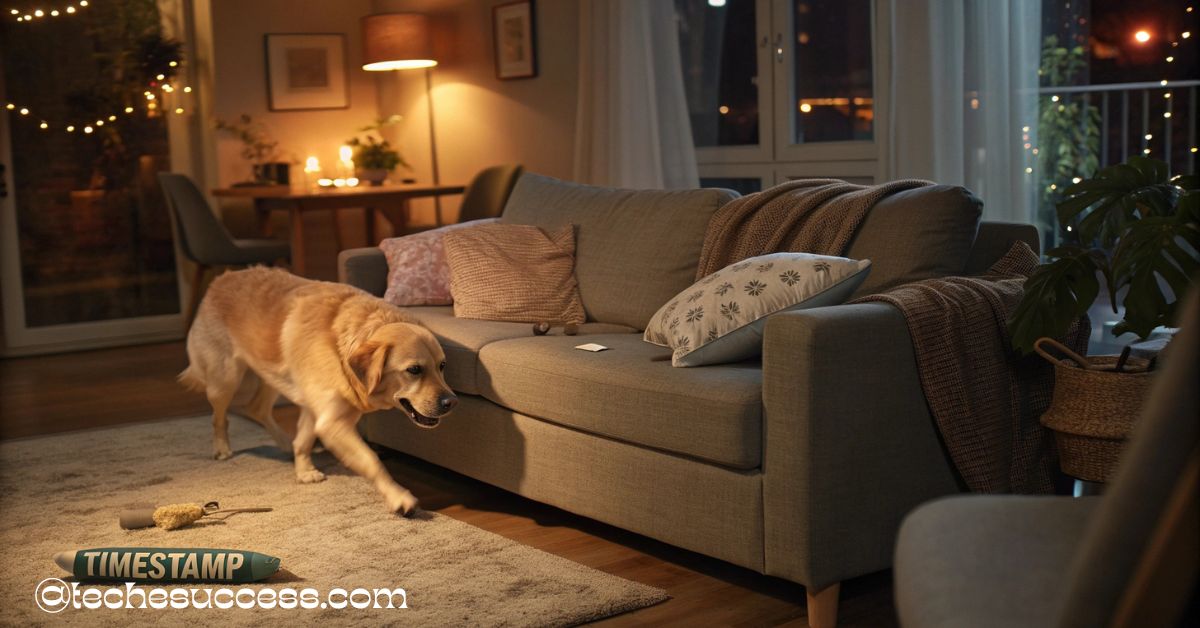
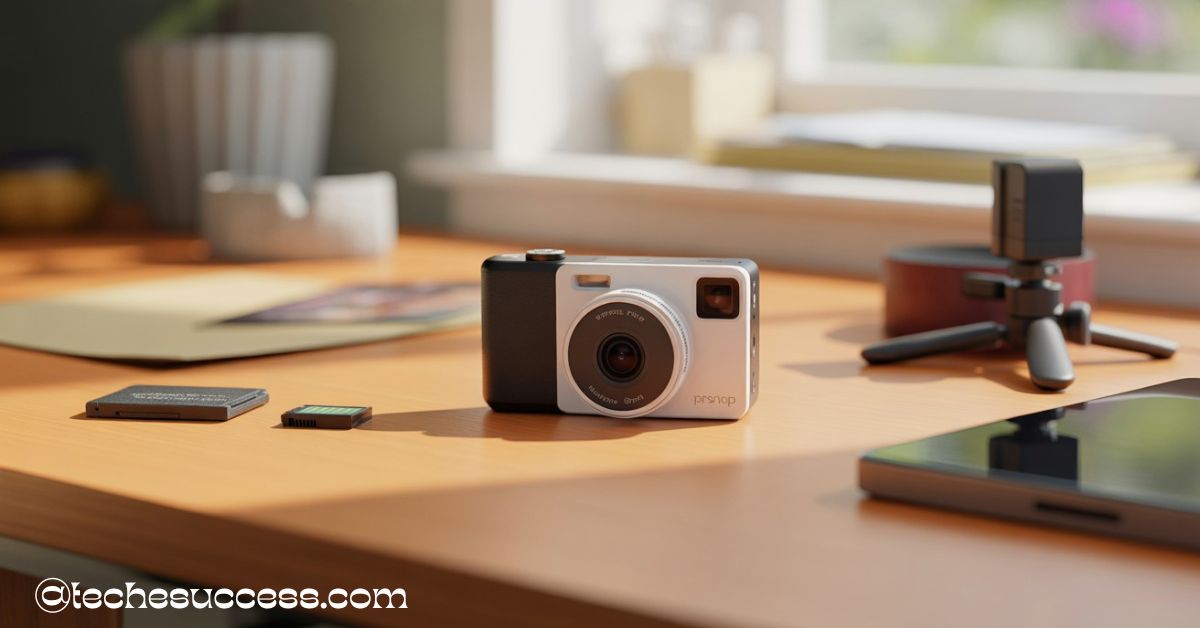



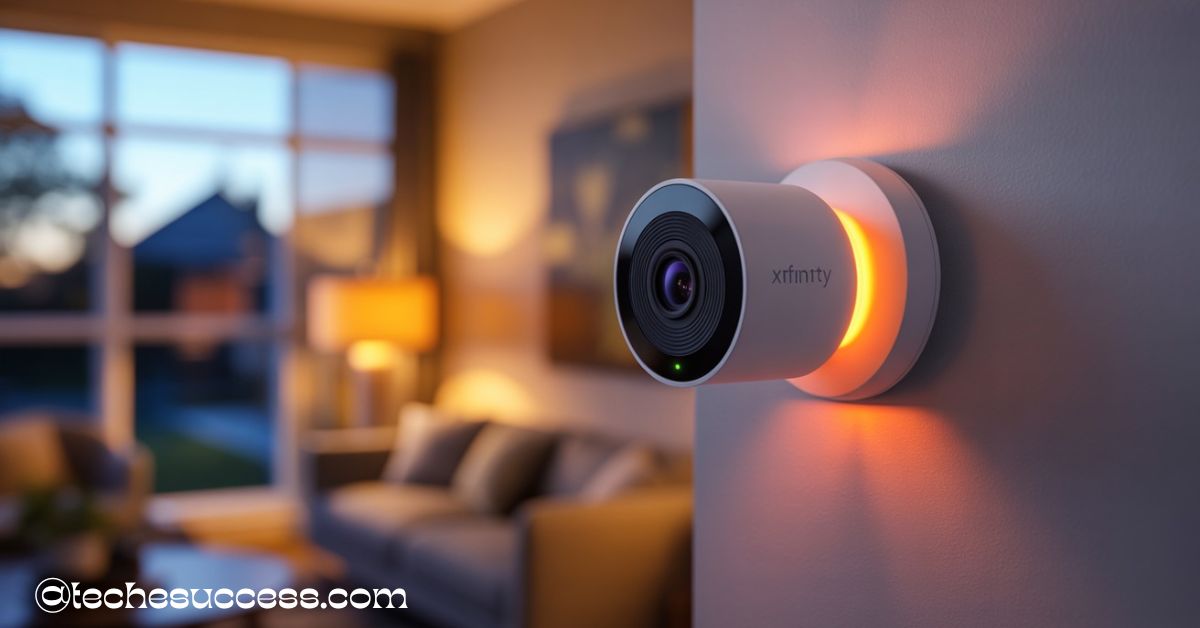
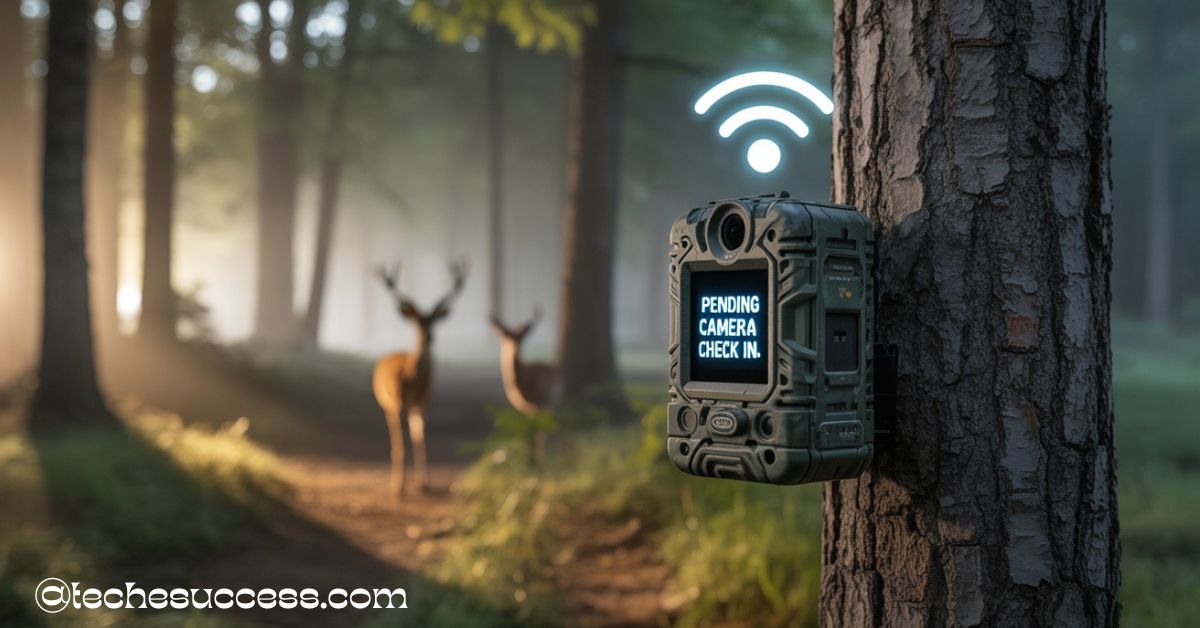



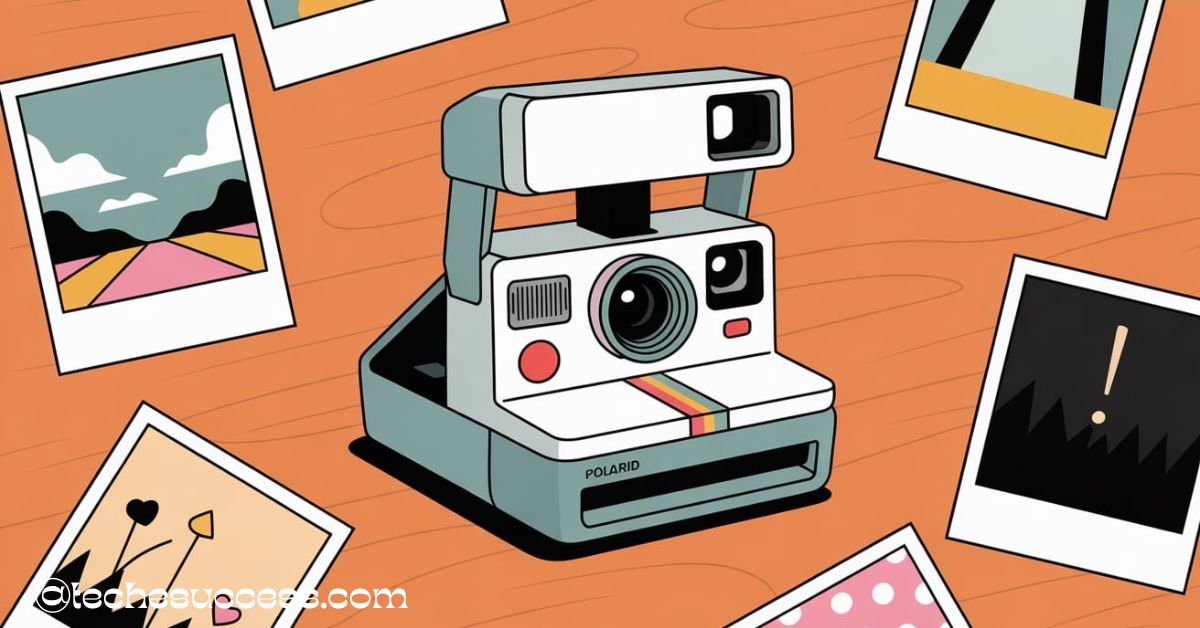


Leave a Reply